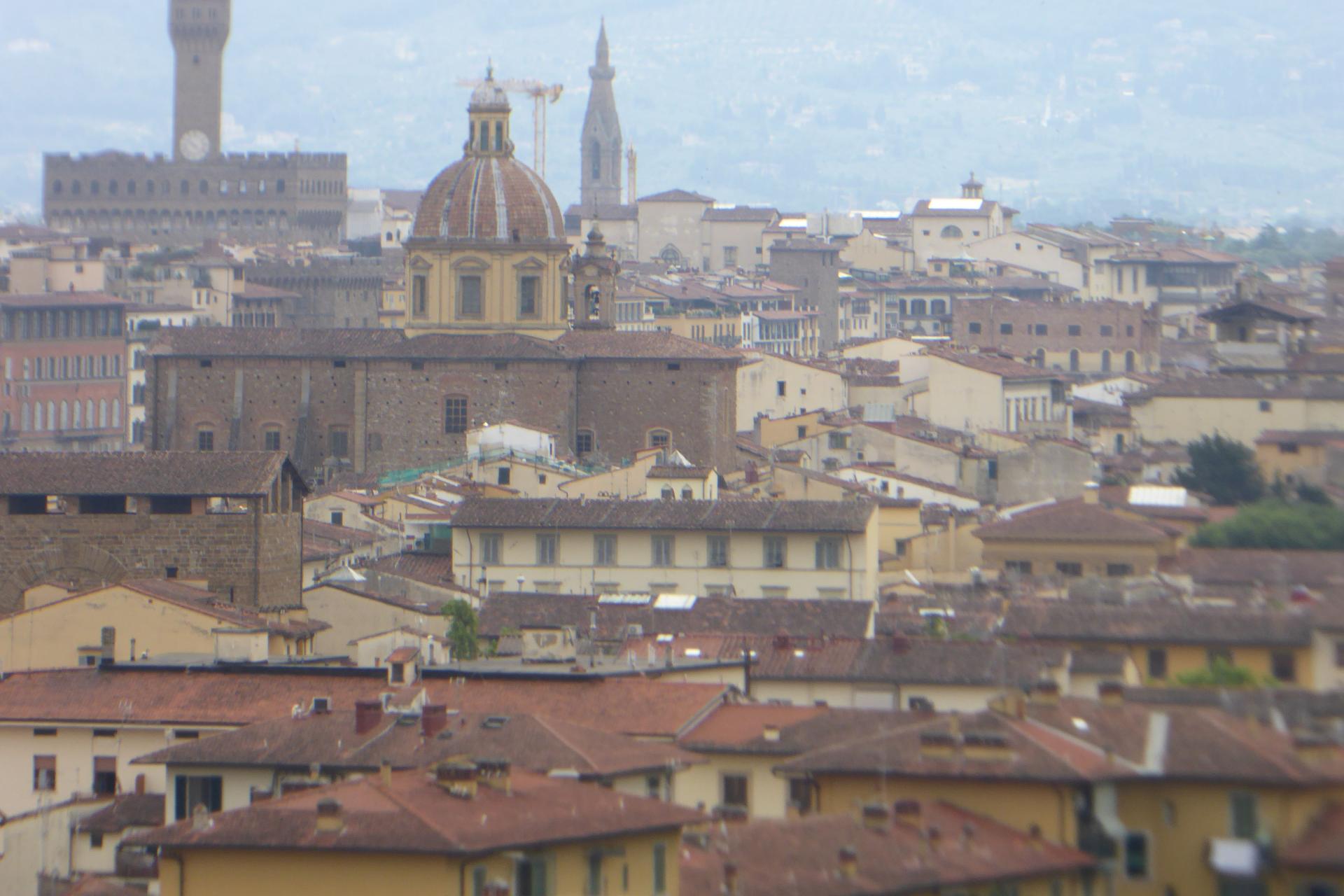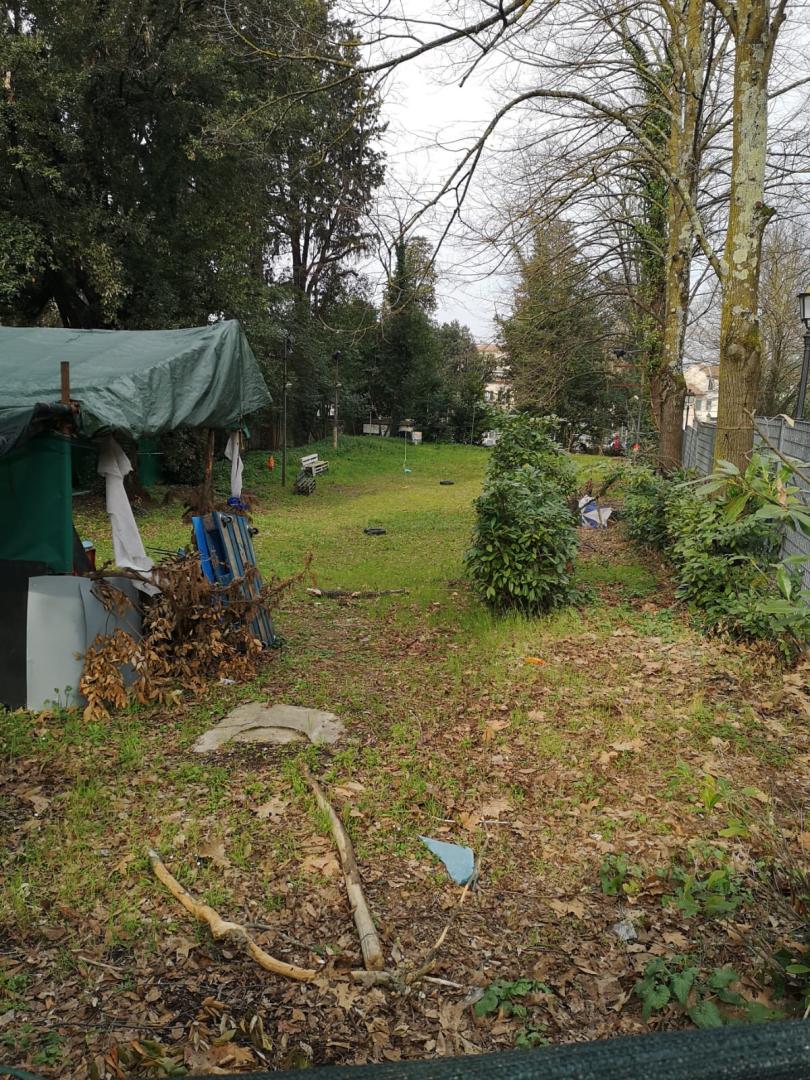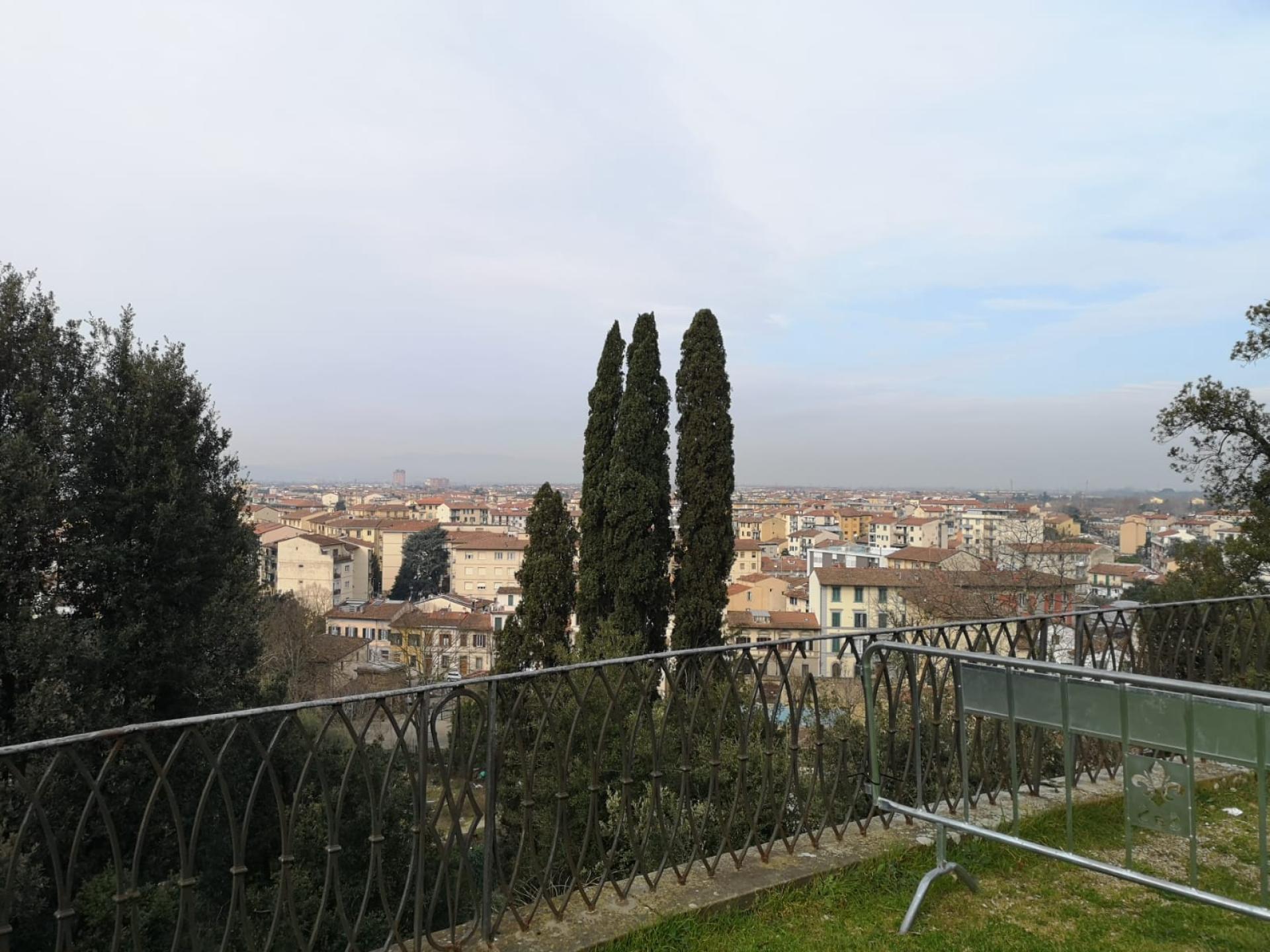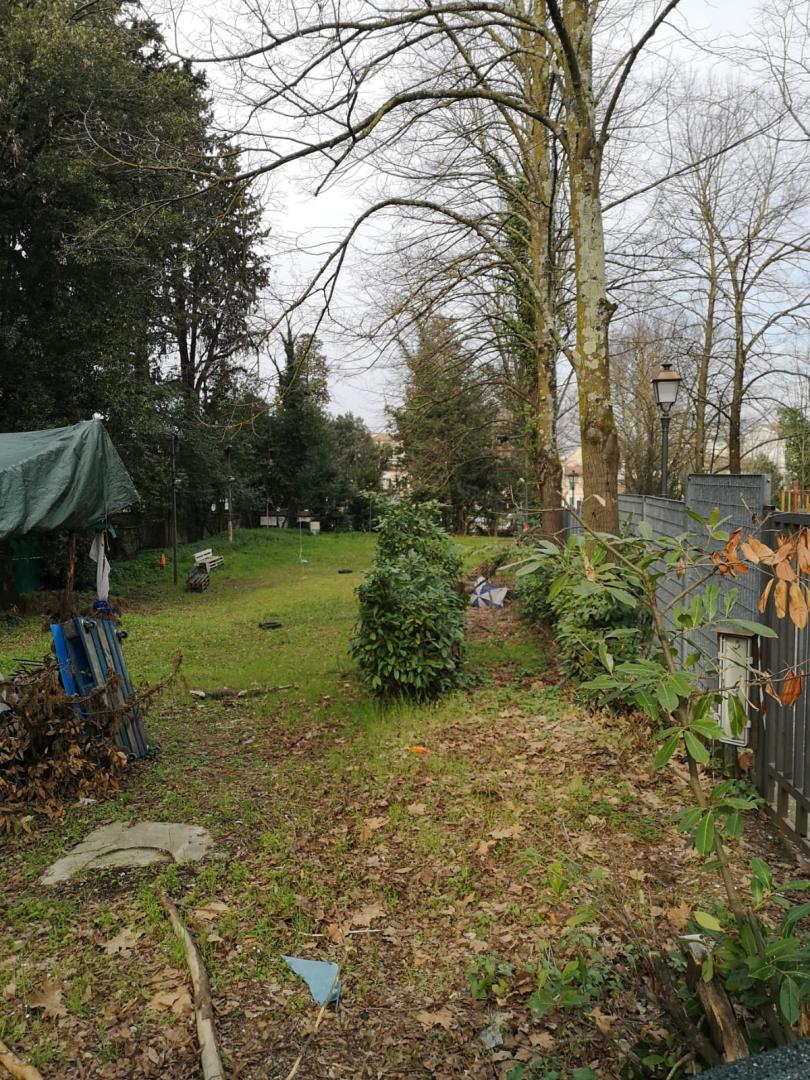Simposio Monticelli
Basic information
Project Title
Full project title
Category
Project Description
Young people bring back to life Florence's historic open-air theatre in the Villa Strozzi park, using art, educational activity, theatre and music therapy to facilitate residents of every background and age group in building a civic centre to work on their needs, while caring for the park and its biodiversity in collaboration with the town authorities and promoting security by providing a cycle of activities.
Geographical Scope
Project Region
Urban or rural issues
Physical or other transformations
EU Programme or fund
Which funds
Description of the project
Summary
A community-managed garden in the heart of Florence behind the Cappella Brancacci where the Renaissance was born, in 2018 . A hotbed of activities involving people of every background, culture, age in taking care of a historic area and building a commons. Over the last two years, besides keeping the garden open for everybody, we have organised
Key objectives for sustainability
The area is a former open-air theatre in the Villa Strozzi park, a local landmark abandoned for about 15 years and full of rubbish which we will refurbish, with hands-on care for the park and the environment. We will also hold Barter/giveaway/vintage markets for the local community.
We are part of the “Neighbourhood Revolution” (Rivoluzione rionale) initiatives spread throughout Florence, with whom we share good practices, ensuring maximum replicability in similar contexts a - network of grassroots organisations, academics, architects, town planning and environmental experts promoting the idea of the "15 minute city" on the model of Paris and Barcelona.
We are already closely involved with the area, where the Foundation Cassa di Risparmio recently funded an initiative led by our partner Il Boschetto - Centro Ricreativo Culturale to regenerate playgrounds and other areas in the park, in collaboration with the municipal authorities.
Key objectives for aesthetics and quality
The historic park of Villa Strozzi – the second largest in Florence - overlooks the city, with breathtaking views, and is crowned by the 14th century church of San Bartolomeo , with widely varied vegetation.
It is also a very important place for families.
The open-air arena we intend to regenerate was an important venue for theatre performances (in collaboration with Florence's La Pergola theatre), abandoned in the first years of this century.
This context makes it natural to see beauty as the focus for civic engagement. Our project is to avoid single themes or monopoly by any one actor: the space must involve the whole community in creating art and culture. This will be an important example in a city where art is fundamental, but where the tendency is to seal off and privatise spaces rather than keep them open.
In this, we are networking with other situations, for example the community-managed San Jacopino park where our artists are working on a mural funded by the Municipality.
Key objectives for inclusion
The basic inclusion is that of the local community, residents of the Monticelli and neighbouring areas and families frequenting the park.
Other experiences of the “Neighbourhood Revolution” show us that involvement of families through children is key to breaking down prejudices and ethnic barriers. This also involves opening “ethnic” festivals and food to the larger community.
In this context it is important to remember the extreme diversity of "foreign" communities in the district, also in social terms.
Here there will be an important contribution by Confluenze APS ETS, which is currently organising a ground-breaking study on Florence's religious communities.
Our project is multi-generational: though launched by young people, we involve children, parents, the elderly.
The whole community will be called upon to propose ideas and projects for the area.
We also work closely with public institutions (schools, district government, the municipality, etc.), both in co-designing the park and building community proposals for the whole district.
The area is without physical barriers to accessibility.
We see this as an exemplary way of overcoming social, cultural, ethnic and political divisions.
Physical or other transformations
Innovative character
We see this as a pilot project for our sister initiatives in Florence: creating a “sense of place”, sparking community participation through art, improving community safety through developing social relationships and by a structured local presence, promoting local identity to overcome barriers. Developing a flair for shared grassroots policy building, sharing experiences with similar initiatives while celebrating diversity.




